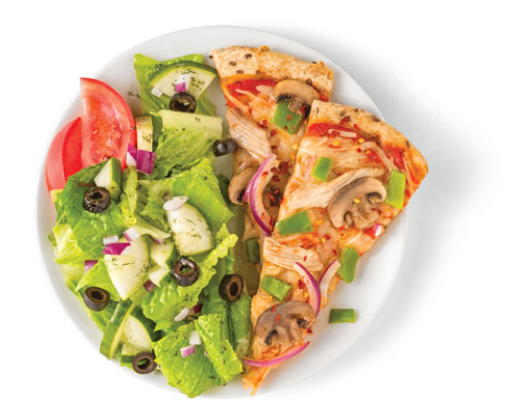Meal Prep: Fall Harvest
Everybody likes getting more for less! How about getting more meals from less recipes? With some strategic meal planning and prepping, you can create several days’ worth of meals with just a few recipes and one trip to the grocery store. You can even prepare all of the recipes at once and store meals in single serve containers in the fridge for grab-and-go meals all week.


 Nonstarchy vegetables are lower in carbohydrate, so they do not raise blood sugar very much. They are also high in vitamins, minerals, and fiber, making them an important part of a healthy diet. Filling half your plate with nonstarchy vegetables means you will get plenty of servings of these superfoods.
Nonstarchy vegetables are lower in carbohydrate, so they do not raise blood sugar very much. They are also high in vitamins, minerals, and fiber, making them an important part of a healthy diet. Filling half your plate with nonstarchy vegetables means you will get plenty of servings of these superfoods. Foods high in protein such as fish, chicken, lean beef, soy products, and cheese are all considered “protein foods.”
Foods high in protein such as fish, chicken, lean beef, soy products, and cheese are all considered “protein foods.” Foods that are higher in carbohydrate include grains, starchy vegetables, beans and legumes, fruit, yogurt, and milk. These foods have the greatest effect on blood sugar.
Foods that are higher in carbohydrate include grains, starchy vegetables, beans and legumes, fruit, yogurt, and milk. These foods have the greatest effect on blood sugar. Water is the best choice because it contains no calories or carbohydrates and has no effect on blood sugar. Other zero- or low-calorie drink options include:
Water is the best choice because it contains no calories or carbohydrates and has no effect on blood sugar. Other zero- or low-calorie drink options include:








